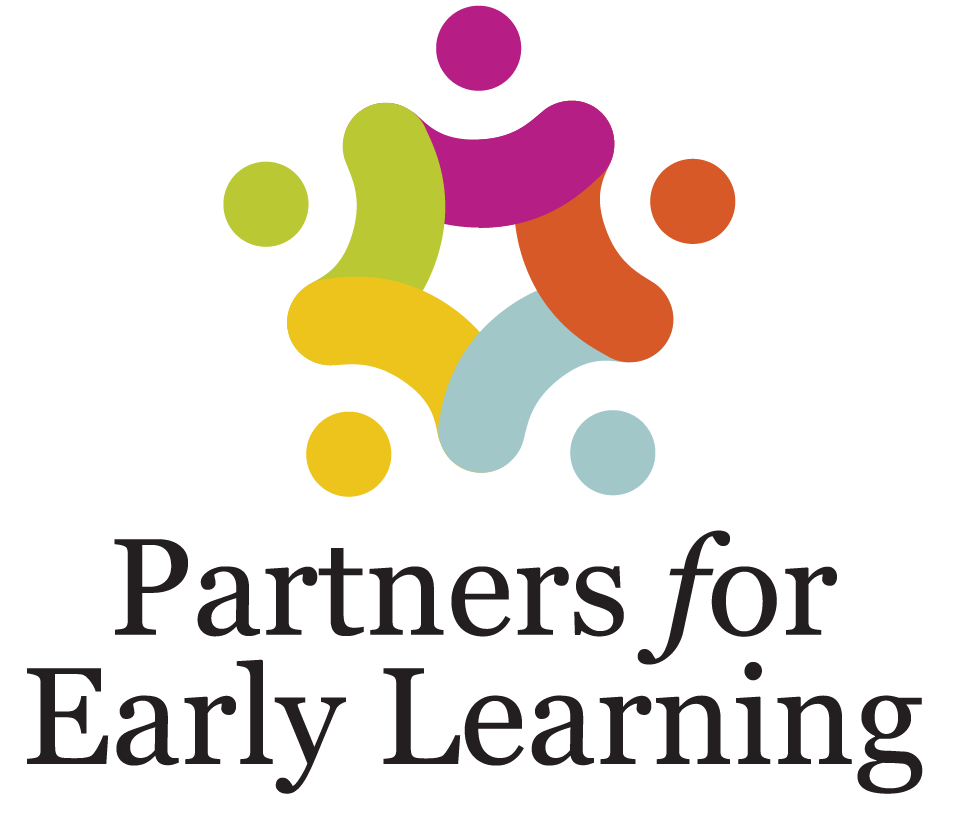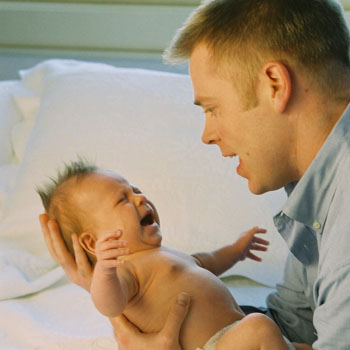When they feel “distress” or are uncomfortable or in need, even newborn babies have ways of letting their caregivers know, ranging from subtle expressions and movements to all-out cries. “Sadness” differs from distress and emerges in infants at around 3 months. Sadness is usually first observed when an infant has a pleasant experience and the experience changes or stops. For example, many 3-month-old babies will show sadness when their mothers stop interacting with them. Sadness expressions may include crying, with the corners of the mouth drooping and the eyebrows coming together. Over the first 9 months of life, sadness expressions are usually the least frequently seen in most babies.
References:
Izard, C. E., Fantauzzo, C. A., Castle, J. M., Haynes, O. M., Rayias, M. F., & Putnam, P. H. (1995). The ontogeny and significance of infants’ facial expressions in the first 9 months of life. Developmental Psychology, 31(6), 997
Lewis, M. (2000). The emergence of human emotions. In Lewis, M., & Haviland-Jones, J. M. (Eds.), Handbook of emotions (2nd ed.). New York: Guilford Press.

